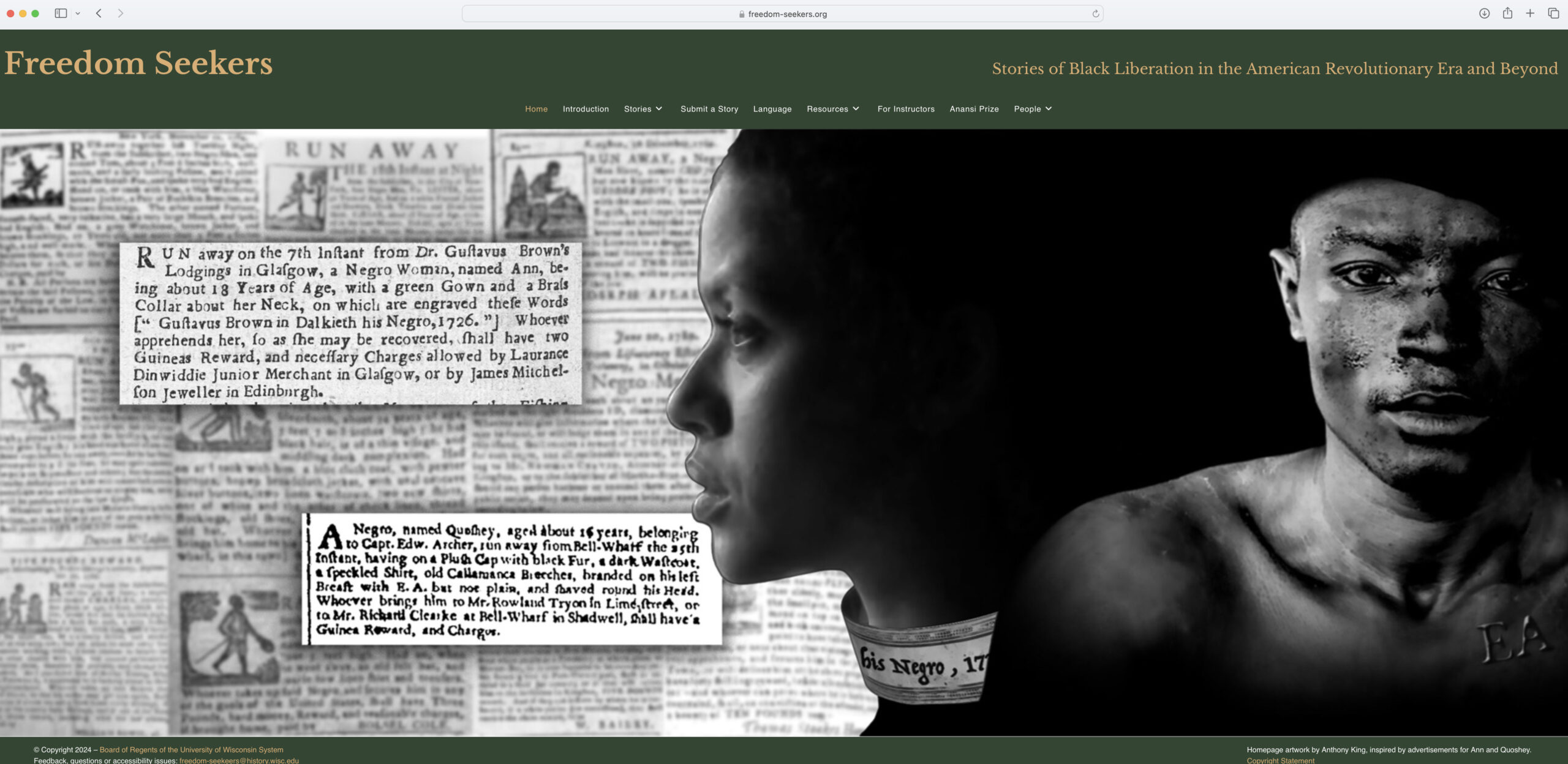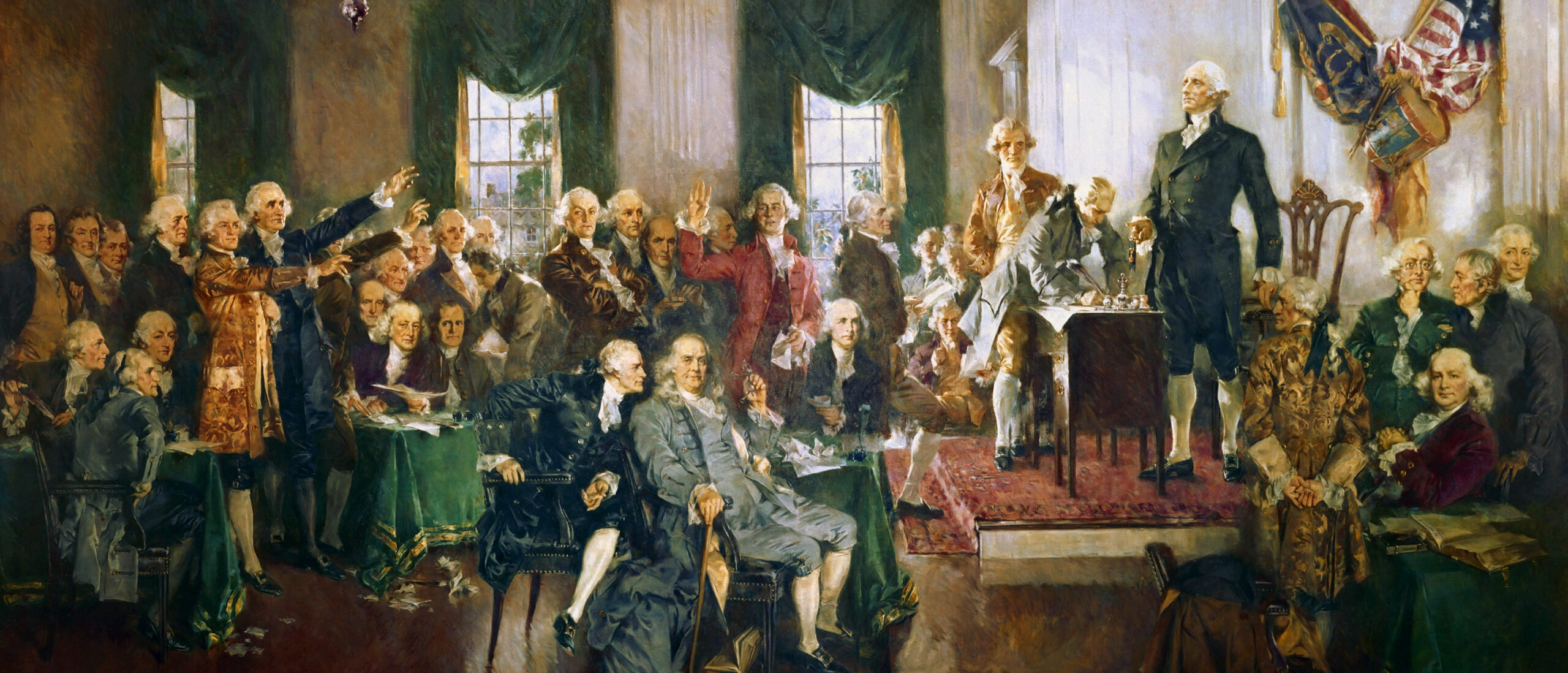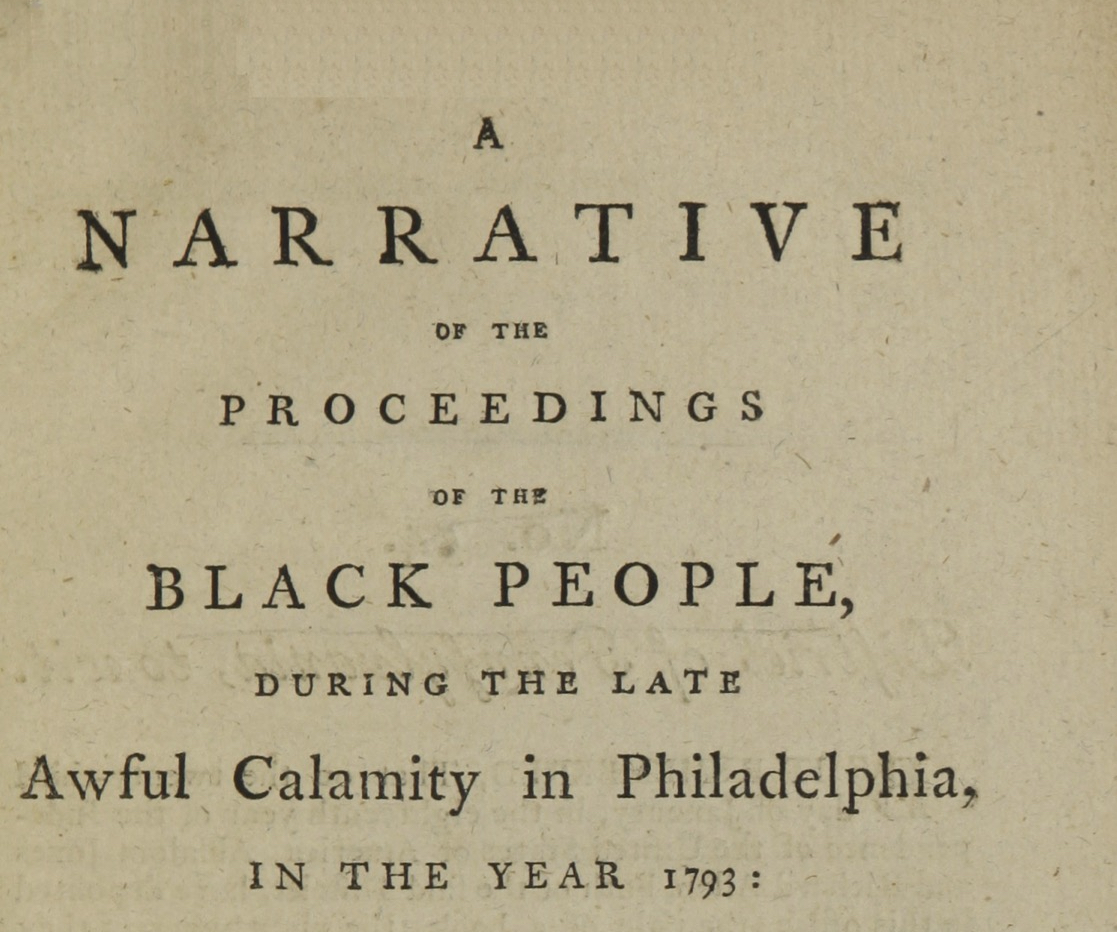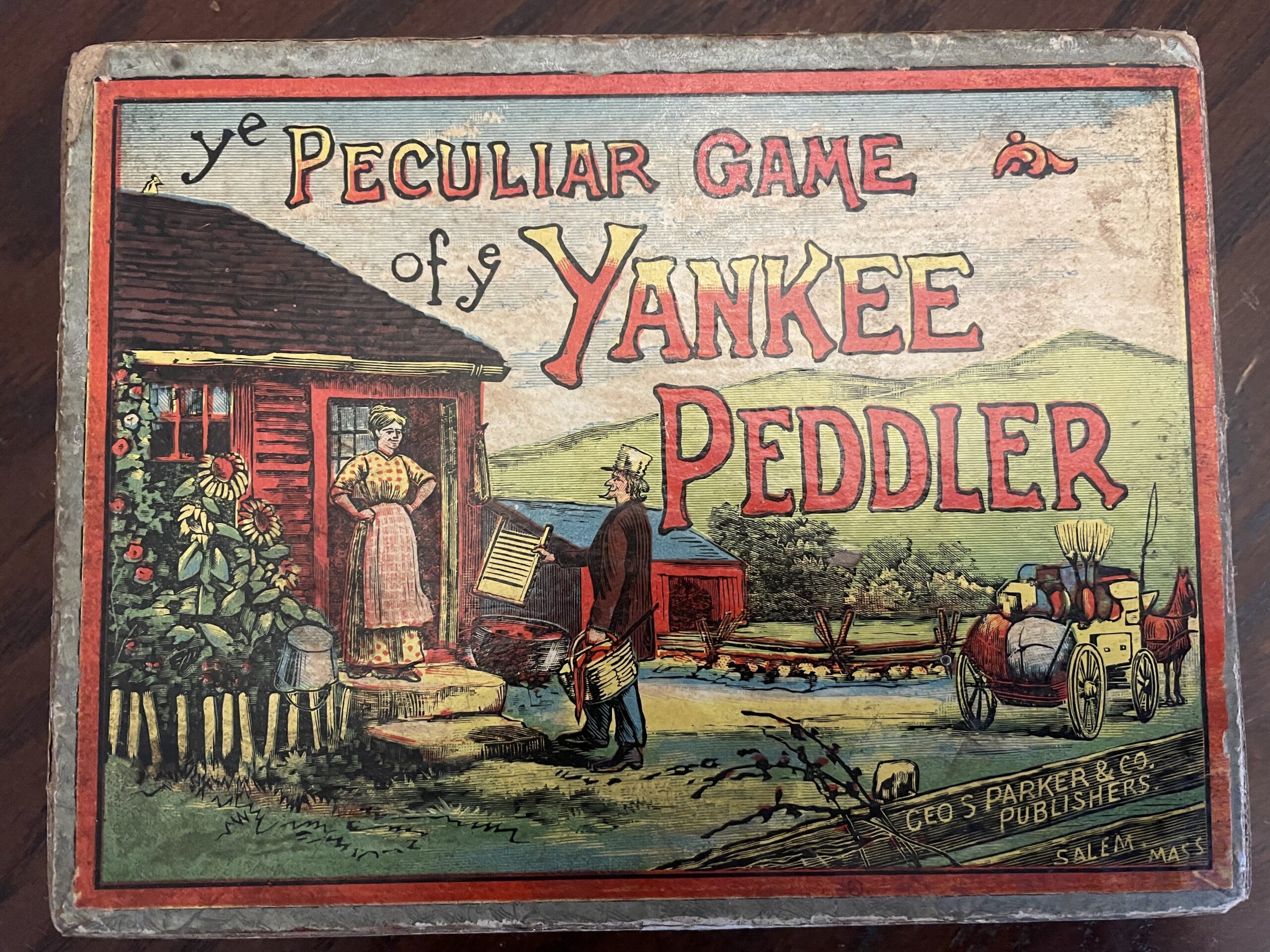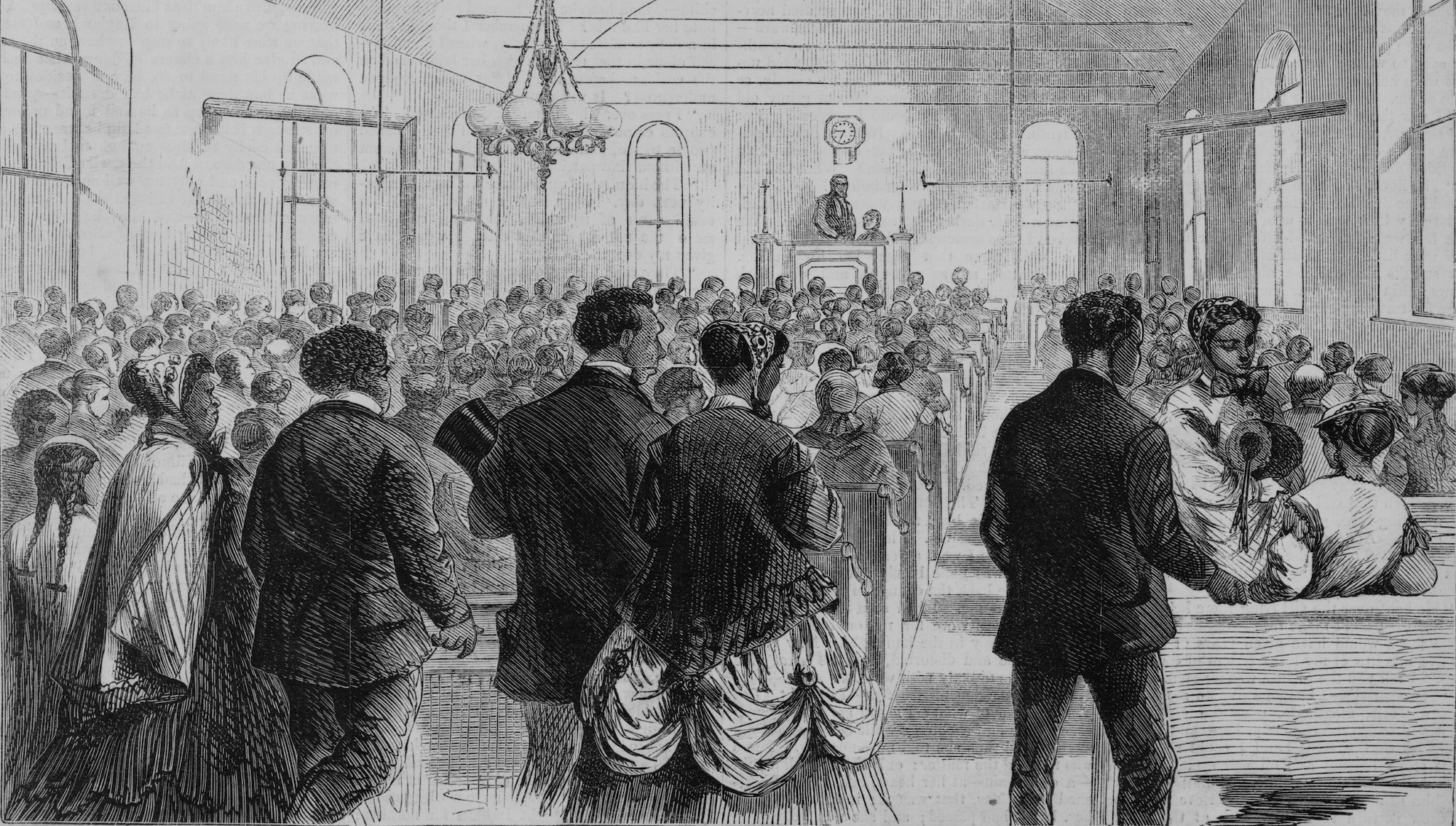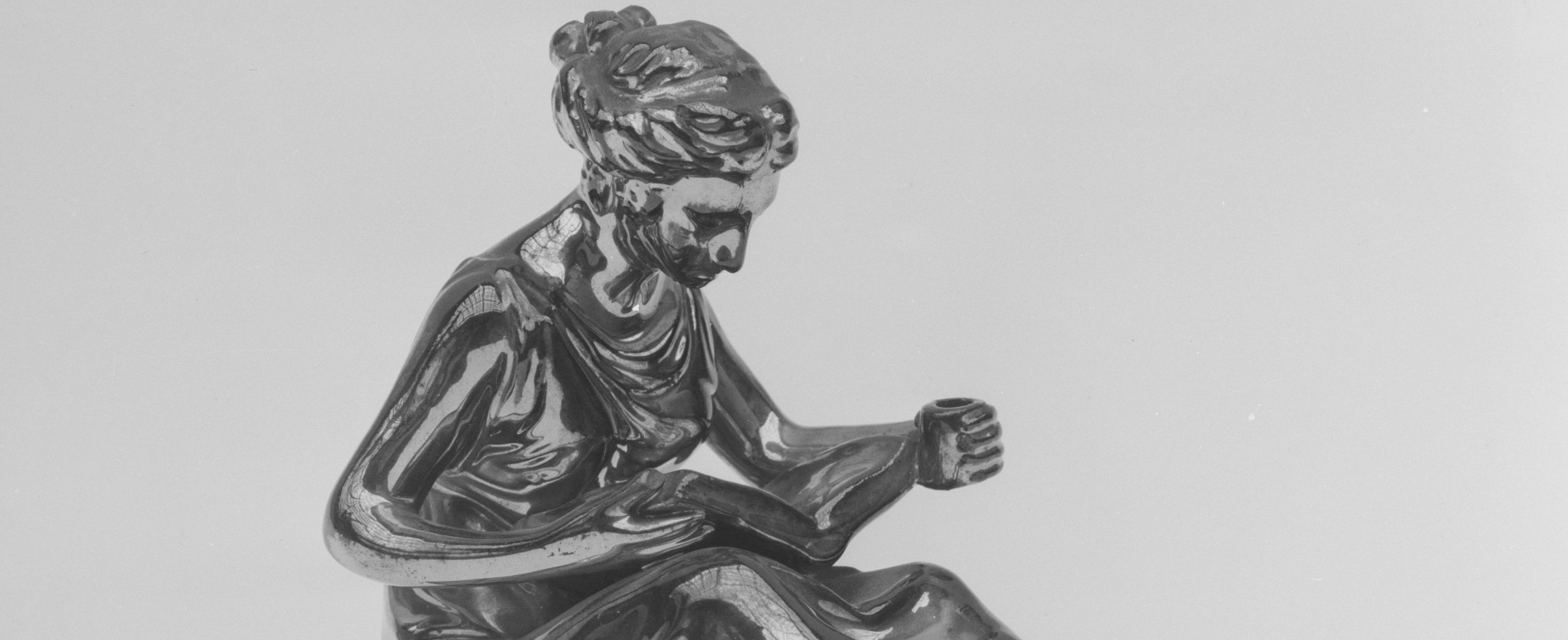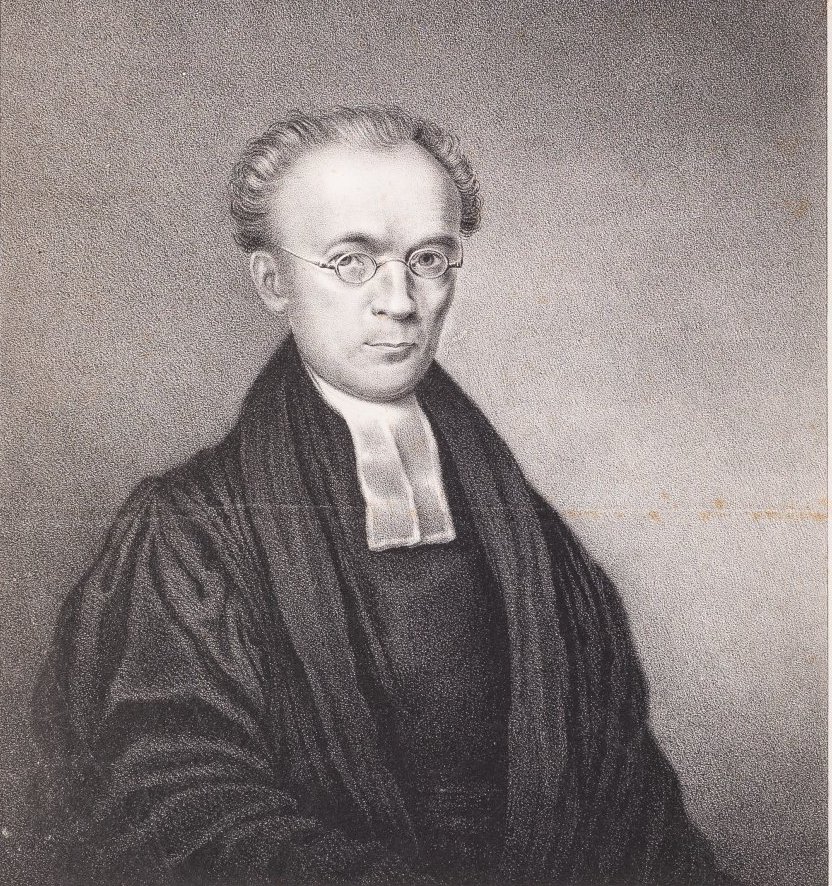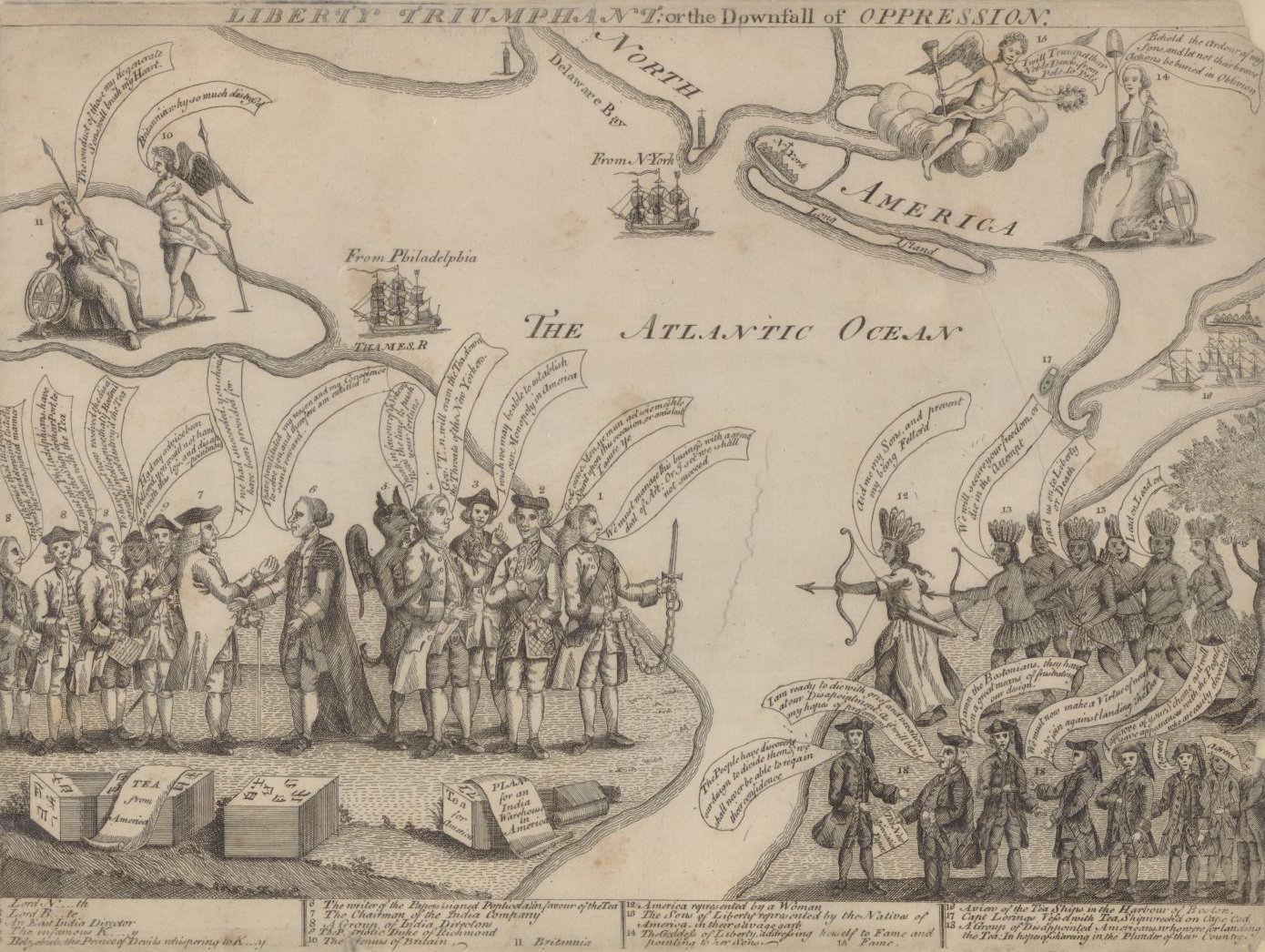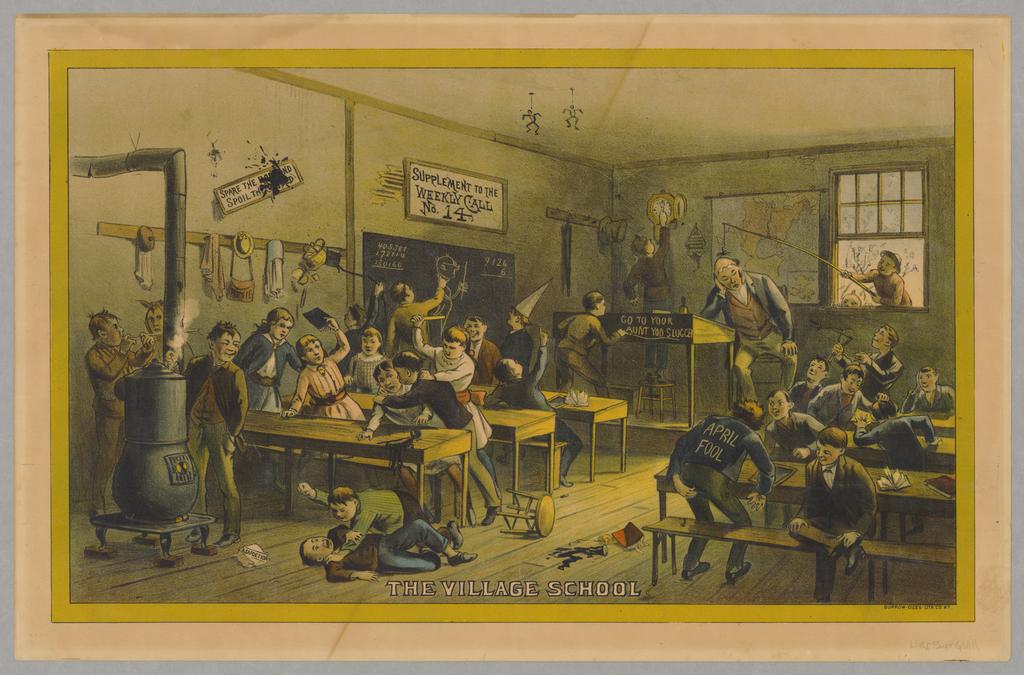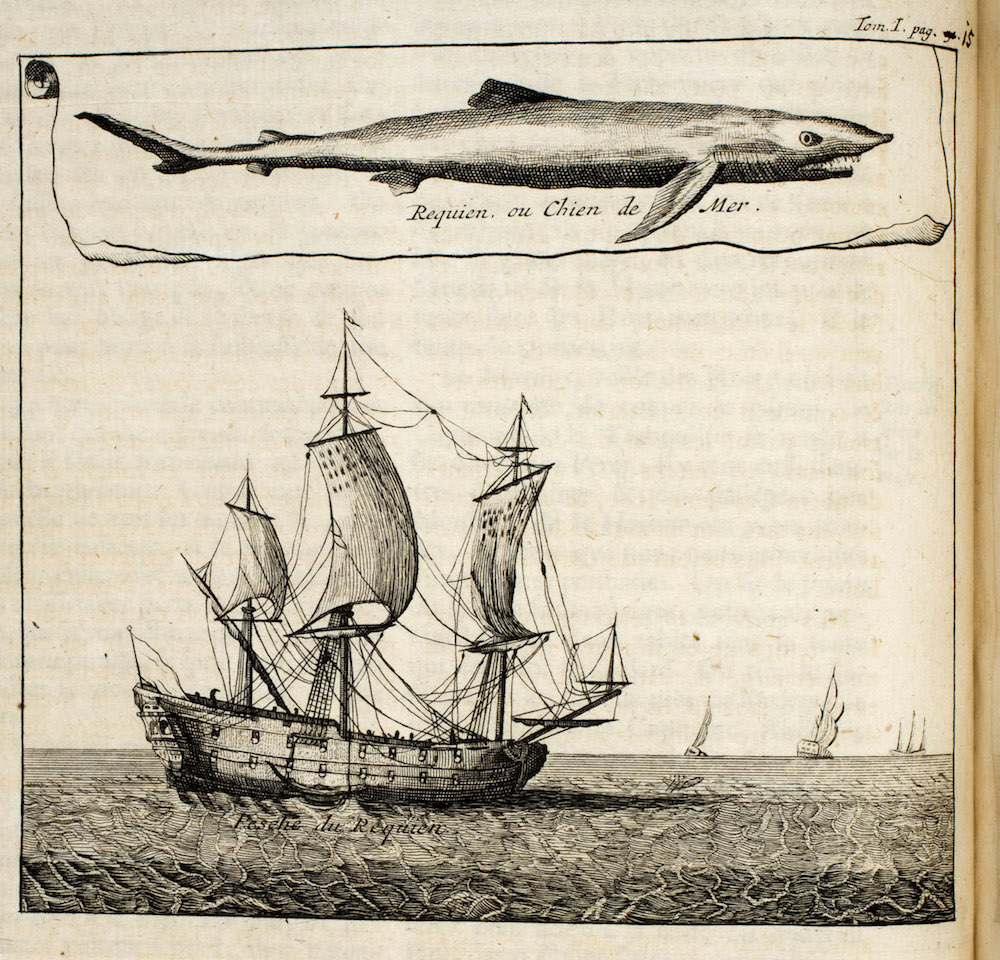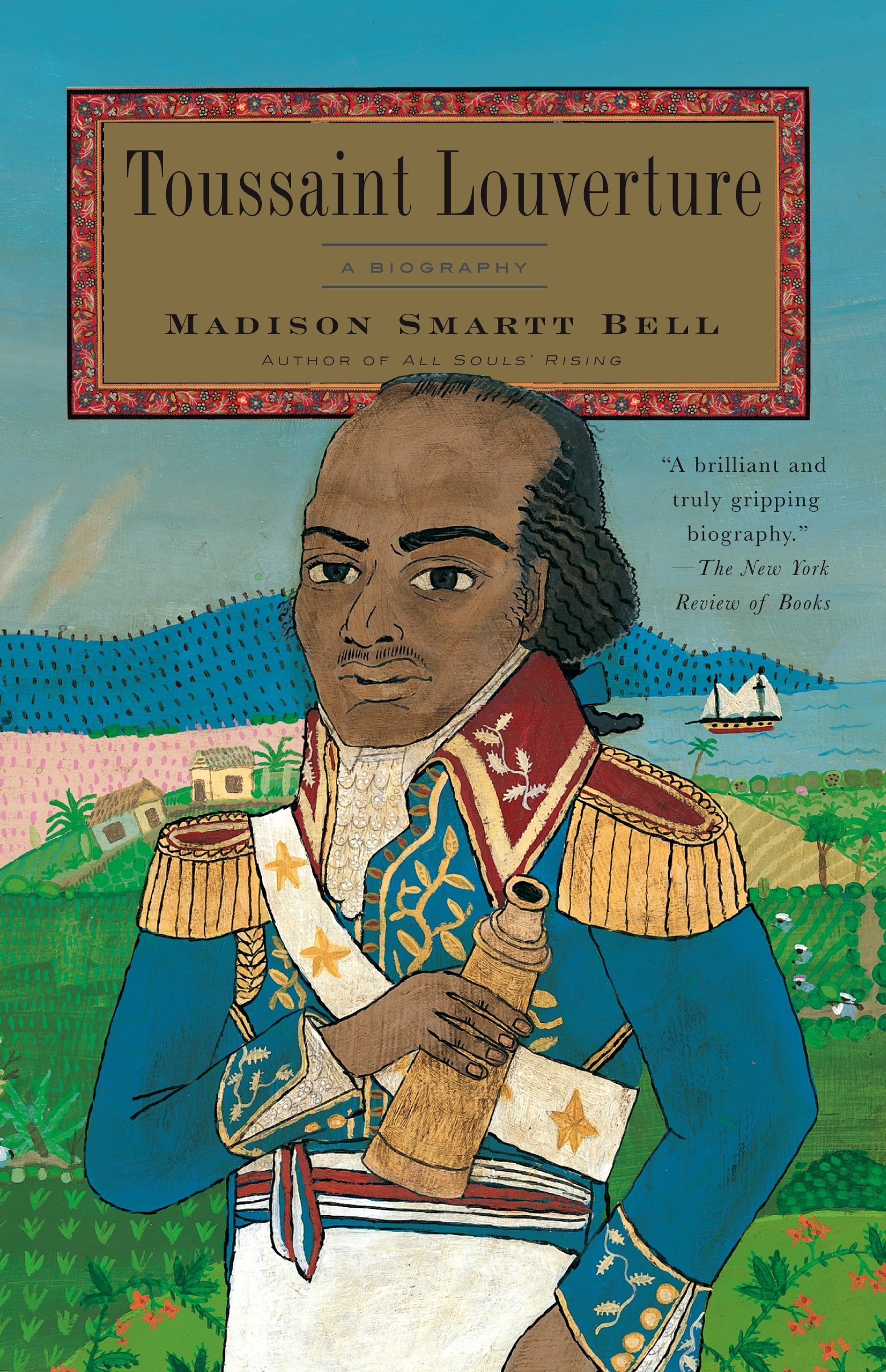Or, small beer?
Her first book Parlor Politics: In Which the Ladies of Washington Help Build a City and a Government won a prize for the best first book from the Society for Historians of the Early American Republic. She has recently published A Perfect Union: Dolley Madison and the Creation of the American Nation (New York, 2006). Common-place asks Catherine Allgor about the subject of this book, a First Lady remembered, if at all, as a charming wife and perfect hostess. Is there more to her story than that?
When I first began this project, I would have answered with a resounding, “Yes!” I wanted to make a case for Dolley Payne Todd Madison’s historical significance and fame. I felt that the usual labels for her—”wife and hostess”—trivialized her accomplishments. Dolley is one of the few women of the period who comes into the conventional historical narratives, and she does so by the most conventional criterion—a single act of bravery. She risked her life to prevent a copy of the Stuart portrait of George Washington from falling into the hands of the invading British when they burned the White House in 1814. But I felt that even her most obvious, historically significant act was not fully understood. In fact, this deed demonstrates only one instance of Dolley’s keen grasp of the importance of psychological politics in a career full of such demonstrations. Her famous flight from the White House, portrait secured—making her a heroine and contributing largely to the “good feelings” of nationalism infusing the nation at the end of the feckless War of 1812—represents the culmination of a personifying process that Dolley began upon her husband’s election to the presidency. The most famous American woman in the nation and the world, Dolley became the heart and face of the Madison administration and a symbol of disinterested patriotism for a country riven first by the decision whether or not to wage war with Great Britain and then by the war itself.

History would continue to be good to Dolley. Already a subject of plays, novels, and poems during her Washington years, she was also acknowledged as a person of historical significance as she aged. Matthew Brady photographed her several times, and Dolley enjoyed her own entry in Longacre and Herring’s The National Portrait Gallery of Distinguished Americans, the only woman in that volume. Dolley left a significant correspondence, and only a few years after her death, her niece, Mary Estelle Elizabeth Cutts, tried to publish a “memoir” of her aunt, partly based on those letters. Mary’s own death in 1856 left that project unfinished in the form of two rather different drafts. It was up to Mary’s niece, Lucia B. Cutts, to pen the definitive account of her famous kinswoman using Mary’s drafts, along with selected and bowdlerized letters. Memoirs and Letters of Dolly Madison, Wife of James Madison, President of the United States, Edited by her Grand-Niece, published in 1886, became a source for the floods of Dolley Madison biographies, novels, children’s books, cookbooks, and other creative productions, continuing into the twenty-first century.
But Dolley’s legacy was preserved on more than just paper; throughout the 1800s and 1900s, businesses and organizations co-opted her name and image to sell ice cream, cakes and pies, cigars, face powder, and dishes, among many other “feminine” products. In her strange career, she also became a symbol for the Daughters of the American Revolution and the Republican Party. Though it was her political work that gave Dolley the name recognition that made her so desirable to advertisers and institutions, they transmuted her fame to make “Dolly Madison” the very embodiment of Americanness, domesticity, and sociability.
All of these accomplishments, along with her considerable record of patronage and “meat-and-potatoes” politicking on behalf of her husband, seemed far beyond the “fluffy” category of “hostess.” But as I delved more deeply into her papers, I realized my error. I had fallen into the trap of trivializing the feminine (and feminizing the trivial). In her study of Maine midwife Martha Ballard, Laurel Thatcher Ulrich insisted that power lies in the quotidian—that it is through the numbers of knots of wool spun and babies delivered that the larger story of life emerges. “Wife,” “hostess,” and “lady” were not just roles that defined Dolley in a patriarchal culture; they were the basis of her historical significance. What Ulrich called “dailiness” was as key to understanding a First Lady as it was to telling a midwife’s tale.
Indeed, Dolley Madison, “the Queen of Washington City,” had much in common with Martha Ballard and countless “ordinary” women. She was excluded from the realm of official action; the visible accomplishments of the battlefield, the courtroom, and the public press were denied Dolley, as they were all women. But, like ladies in small towns and big cities all through the new United States of America, Dolley in her unofficial sphere participated extensively in the economics and politics of her world. Moreover, she used a particular language when discussing (and indeed, understanding) her efforts, a language of domesticity and femininity, which both expressed and obscured female work. By no means a language universal to women, this feminine vernacular was specific to Dolley’s historical context and to her social location as an elite white woman.
Only recently have historians learned to “read” the sources left by women such as Martha Ballard and Dolley Madison. Though Dolley led a seemingly more public life than most women and left a large correspondence, when it comes to the historical record, she shares a paradoxical commonality with her more obscure sisters. Because the language of women’s work is steeped in “dailiness,” ordinary women’s papers have been dismissed as petty and without historical significance, and Dolley’s corpus has received the same verdict, albeit more publicly. If Martha Ballard’s diary suffered from obscurity, lying dusty and for the most part unexamined in the Maine State Library, Dolley’s papers suffered from overexposure. In 1896, Maud Wilder Goodwin published her Dolly Madison, based on the letters, a work that would remain the standard for decades. The American Historical Review concluded that “[t]he life of Mrs. Madison cannot easily be made anything else than a chronicle of small beer. She was good, genial, tactful, affectionate and vivacious, but she was neither clever nor connected in any important sense with great events.” The inability of historians and biographers (as well as businesses) to understand how she understood her work allowed them to craft Dolley Madison in their own image. Learning the language of women, however, tells us more than what life was like for some eighteenth-century white women, it also reflects important truths about the worldview and the texture of life for both men and women on the cusp of modernity.
As Martha had her savior in the person of Laurel Thatcher Ulrich, so Dolley’s legacy has been rescued and redeemed by her own team of historical guardian angels, beginning with Ralph Ketcham, who started collecting Dolley’s letters as he assembled his definitive biography of James Madison. More recently, Madison Papers editor David B. Mattern and research associate professor in women and gender Holly C. Shulman searched down and copied every extant Dolley Madison letter, some of which were held privately and most of which had never been published. After the long work of transcribing and annotating, the result is a beautiful book, The Selected Letters of Dolley Payne Madison (Charlottesville, 2003). Dolley’s historical record keeps growing; Shulman also founded and runs the Dolley Madison Digital Edition (DMDE), sponsored by Rotunda, the electronic imprint of the University of Virginia Press, which catalogs all of Dolley’s letters, transcribed and extensively annotated. As more of Dolley’s letters are found, they can be added to the DMDE.
Whether read in bowdlerized editions or on the computer screen, however, Dolley’s letters seem to suffer the same flaw as Martha’s diary. They are filled with “small beer”—gossip, shopping lists, travel schedules, and family news of health and happiness. But Dolley’s letters, read using the woman’s language of the “everyday,” have much to tell us about the life of a woman in her particular family business.
Like women who ran shops and made butter, Dolley’s political talk was largely practical. No high-flown discussions for her—there is a reason that her requests for (and dissemination of) information was larded among the “trivia.” For her, such transactions were part and parcel of everyday life. She and James did not indulge in lofty discussions of republican theory or the roles of women in the polity. Rather, she tells him she has learned from a female friend that the rumors that Spain has declared war on the United States are not true. Even when she seems to inquire on the general state of affairs—”I wish you would indulge me with some information respecting the war with Spain and the disagreement with England, as it is so generally expected here that I am at a loss what to surmise . . . what is going forward in the Cabinet?”—James understood exactly what she needed. Knowing she would be a source of information, he did not hesitate to supply her with “our answer” to “newsmongers.”
Dolley’s political work had two dimensions: the practical and the political/psychological. She was so good a practical political wife that it is sometimes hard to remember that her greatest gifts lay in the latter realm. Patronage—the rewarding of political supporters with money, land, titles, and other goods—was proving problematic for the new government. The ruling ideology of republicanism forbade such a corrupt, court-like practice. But the lack of bureaucratic structure in the government and the lack of unity in the nation required the connection-making capacity of patronage. Though the generation after the founders only barely knew it, they were creating a two-party system, and in that endeavor, again, patronage proved crucial. Like his presidential predecessor, Thomas Jefferson, James was troubled by the abstraction of patronage; unlike Jefferson, James had a wife who could carry out political tasks he could not touch. Dolley Madison proved a premier influence peddler, though she would have never seen her work that way nor would her contemporaries. People turned to her not as an influential politician but as an “angel,” appealing to her “benevolen[ce]” and her “benignity,” and she responded in kind. She did not give away jobs; she helped out families in need, she bestowed “honor,” and she granted favors of “love” and “friendship.” Cold calculation seemed to have no part in this language; instead, “hearts” and “bosoms” “swell[ed]” and pulsed with the lifeblood of politics—patronage.
This is not to say that the love and affection Dolley expressed to people was not genuine. In the same way that Dolley’s public image drew on authentic parts of herself, this was a case when real regard was put to political use. When James had to rebuke wandering diplomat Joel Granger, he did it through Dolley’s correspondence with Joel’s wife, her good friend Ruth Baldwin Barlow. Merely having Dolley administer the correction went a long way to softening the blow (for it was not even clear that Joel had erred), but Dolley went further, with her invocation of family, assuring Ruth—”you know that I love you as my sister.” A smart man knew when to adopt the language of ladies, and when Joel felt the need to excuse himself, explaining in ways that he could not do in his official letters to secretary of state James Monroe and president James Madison, he did so to Dolley. A canny diplomat, Joel could not resist a flourish or two. When asking to be remembered to James, he declared, “I will not say [‘]president,[‘] for that name has not so much to do with the heart.”
As we learn to read the language of women, it becomes evident that this interweaving of public concerns with everyday concerns and the vernacular of sentiment and domesticity is a clearer reflection of the larger picture of early republican politics, including the workings of the male official sphere. In an era with little divide between public and private and with the government’s deliberate lack of bureaucratic structure, politics flourished in unofficial places and spaces and during activities far from the official spotlight. “Parlor politicking” may have happened in parlors, but it was not the sole province of women.
In her biography of Josephine Herbst, Elinor Langer reflected that the past was like a song—but all that we had left were the words. We historians had to try to recover the melody. Through the language of their letters and diaries, women of the early republic—the famous and the “obscure”—help us by providing not only the words of the past but also its cadence. For the men and women of political families, politics was so woven into the rhythm of work, love, home, and family that these familiar (and familial) rubrics supplied them with a way to conceptualize their political work. Dolley’s work may fall within “big idea” categories such as “nation building,” “the formation of the federal government,” and “the role of the capital city,” but she toiled one teacup, one connection, one political favor at a time. The rhythm of the quotidian reminds us that all big ideas—whether of the “good life” or “democracy”—are realized in the arena of everyday life.
Further Reading:
The Papers of James Madison can be found online. Rotunda provides a free trial of The Dolley Madison Digital Edition.
This article originally appeared in issue 7.2 (January, 2007).
Catherine Allgor is associate professor of history at the University of California, Riverside, where she teaches courses on women and gender, early American history and politics, and public history.



